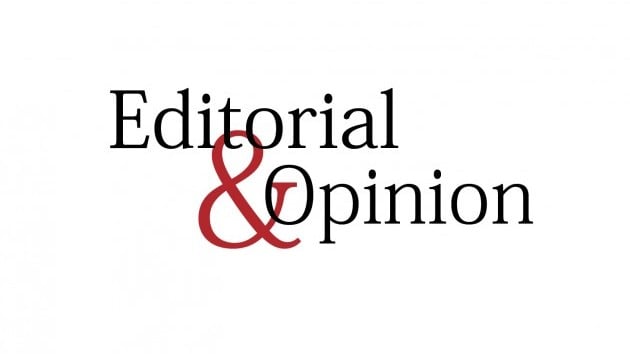
The marvel that is Pakistan could never really fit into one personality cult, nor could it ever produce a singular version of what a model Pakistani would look like. While some remained fetishists of more liberal and secular portrayals, others purveyed those who’d resonate well within an Islamic federation. But more importantly, where do they derive their ideas of Pakistan from and who are ‘they’? Did they ever have the moral right or responsibility to direct these historical representations — or rather, misrepresentations? If so, why do we feel the need to adhere? Hasn’t the 21st century’s political and social landscape yet stultified the need to entrench young minds with pre-existing biases and limit their access to knowledge dissenting from contemporary positions?
One major historical example of this misrepresentation would be of the legend of the Muslim conqueror who docked at the shores of Sindh in 712 CE: Muhammad Bin Qasim. It is a teleological explanation to claim that MBQ fought Raja Dahir in all his might to introduce Islam to the region, let alone preach it. This misconception stands to be the single biggest reason for his commemoration in today’s history. Our history did not start from the Battle of Aror, as is taught in most schools. We were here long before that with our own rituals, cultures, festivities, traditions and civilisations — one among many others was the Gandhara civilisation. It was from within us, and we were from it. Then why is it that a 17-year-old invader, who attacked merely as a result of a pirate raid off of the Sindh coast and left immediately afterwards, is perched atop our schooltaught history books, hollowing it out from within?
The Freedom Movement leaders could not be saved either from being butchered by narratives that primarily utilise oversimplifications. For instance, Quaid-e-Azam Muhammad Ali Jinnah, acclaimed for his struggle in the making of Pakistan — as he should be — has been drawn out in various lights. Sometimes we see the Quaid painted in a sherwani with a Jinnah Cap, at others in a three-piece suit sitting next to a dog with a cigar. Such confusing sketches point out the facile approach taken by those who propagate this sort of history; their depiction serves certain narratives, and in order for the Quaid to become a digestible symbol of identity and appeal to the masses, they ignore the complex nature of his personality and present him in pure black and white, with no grey.
Allama Iqbal suffers a similar fate. He was a great poet, thinker and philosopher, and must be accredited for his pivotal role in the realisation of his dream of ‘Pakistan’. Although he was responsible for alchemising the Muslim thought and protecting it from ideological bankruptcy, he never inherently believed in nationalism. A verse from his ever-green book Bang-e-Dara translates to:
Country is the biggest among these new gods!
What is its shirt is the shroud of Deen (religion)
Clearly, he exhorts and condemns the idea of national identity, being a staunch believer thoroughly engaged with the idea of an Ummah that would transcend nations, borders and colours. Although ambivalent, this idea of Iqbal is not taught or even referred to, as if it was never there to begin with.
In the consequence of any discourse, Iqbal and Quaid would always be anointed as national heroes, as they should be, but it is about recognising that they are more complex than meets the eye. Perhaps, what we are afraid of is that teaching and acknowledging such opposing narratives would in some way challenge the status quo, triggering uncomfortable debates. But it is precisely these debates that will generate the multiplicity of ideas essential to this subject, and the space has to be reclaimed to introduce newer notions that do not go hand in hand with the mainstream thought.
These were only a few examples from a whole lot of history that begs dissent. History is not only there to be liked or disliked. It is there to be learnt from, to be critical of, to espouse ideas and concepts that our predecessors could not. And if there still persists an incontinent desire to use history for the nation-building process, then the lowest standard must be to present all shades of greys alongside white and black. Otherwise, such a phenomenon, if misused, could presage a dogmatic and opinionated nation.














COMMENTS (3)
Comments are moderated and generally will be posted if they are on-topic and not abusive.
For more information, please see our Comments FAQ